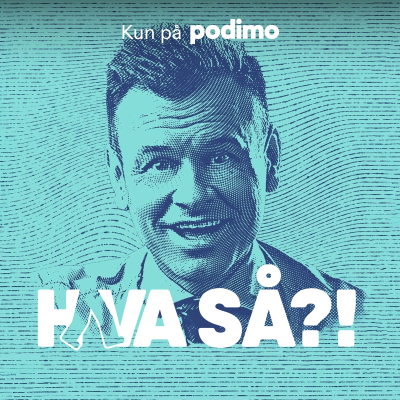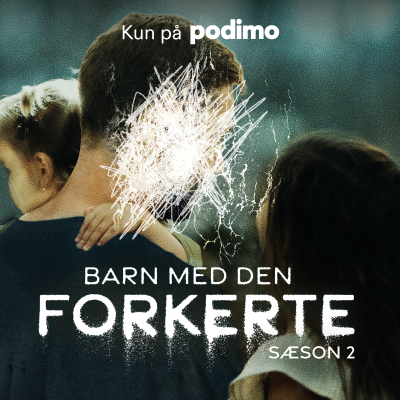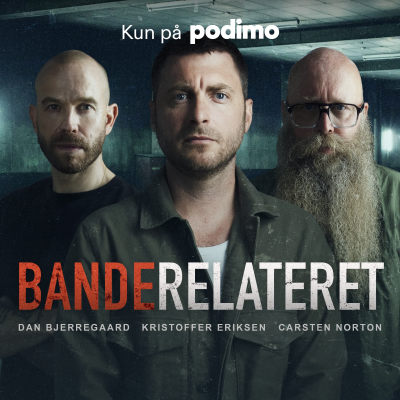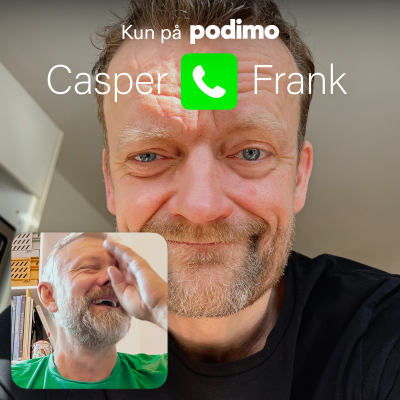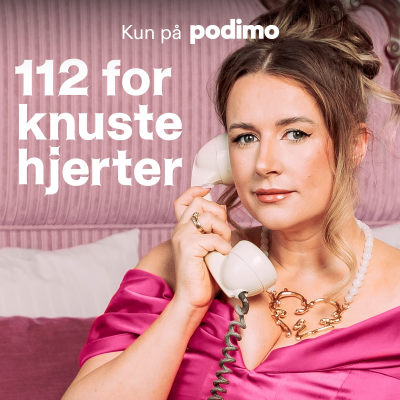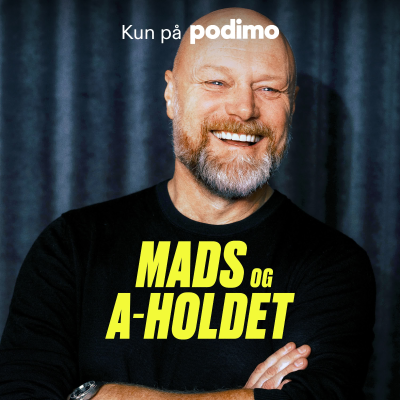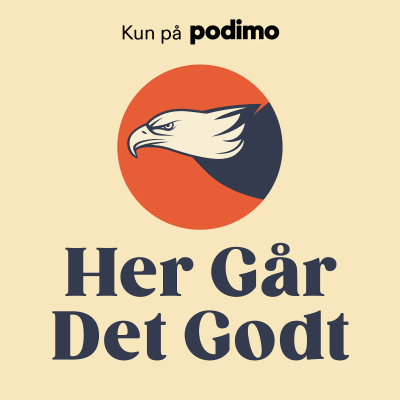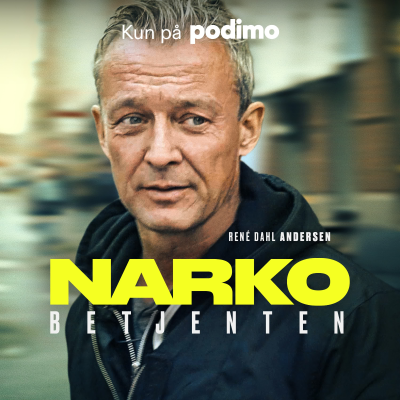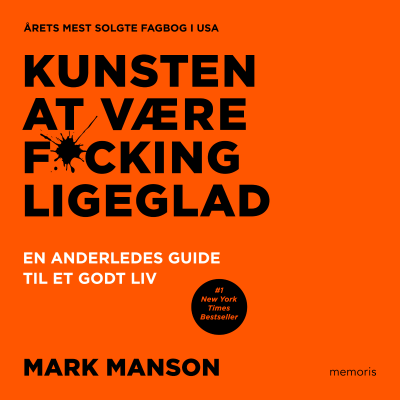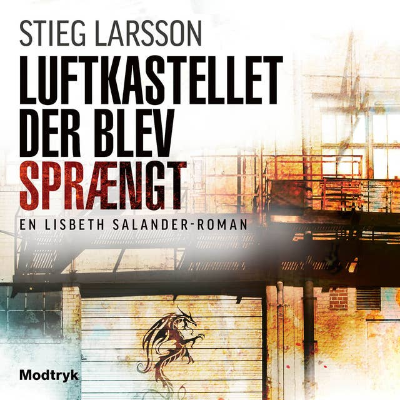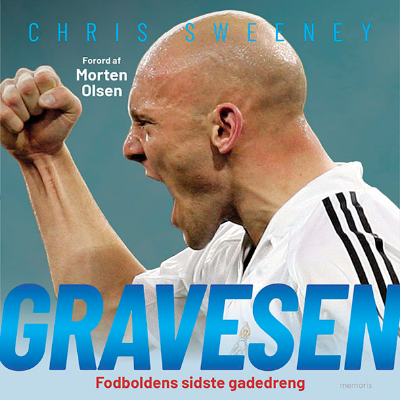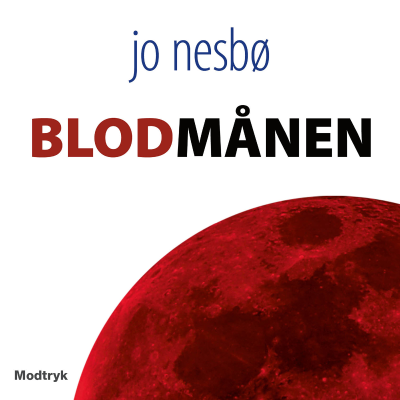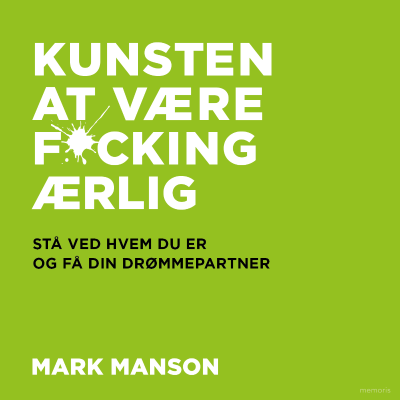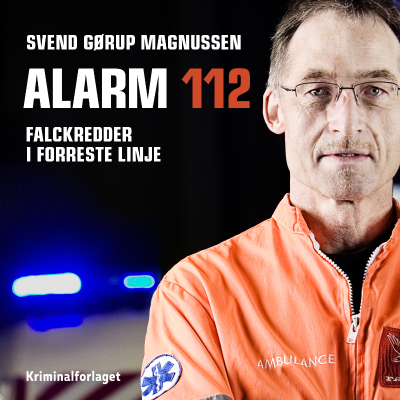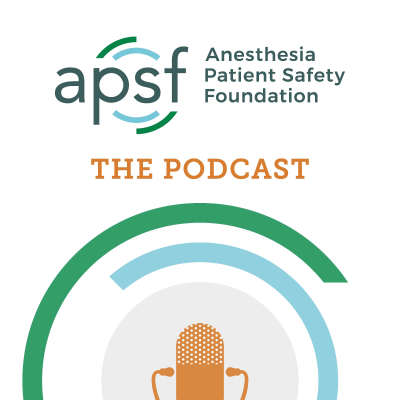
Anesthesia Patient Safety Podcast
engelsk
Videnskab & teknologi
Begrænset tilbud
2 måneder kun 19 kr.
Derefter 99 kr. / månedOpsig når som helst.
- 20 lydbogstimer pr. måned
- Podcasts kun på Podimo
- Gratis podcasts
Læs mere Anesthesia Patient Safety Podcast
The official podcast of the Anesthesia Patient Safety Foundation (APSF) is hosted by Alli Bechtel, MD, featuring the latest information and news in perioperative and anesthesia patient safety. The APSF podcast is intended for anesthesiologists, anesthetists, clinicians and other professionals with an interest in anesthesiology, and patient safety advocates around the world.The Anesthesia Patient Safety Podcast delivers the best of the APSF Newsletter and website directly to you, so you can listen on the go! This includes some of the most important COVID-19 information on airway management, ventilators, personal protective equipment (PPE), drug information, and elective surgery recommendations.Don't forget to check out APSF.org for the show notes that accompany each episode, and email us at podcast@APSF.org with your suggestions for future episodes. Visit us at APSF.org/podcast and at @APSForg on Twitter, Facebook, and Instagram.
Alle episoder
287 episoder#287 A New Era For PONV: Safety, Guidelines, And Smarter Rescue
Nausea shouldn’t be the most memorable part of surgery. We take a clear, evidence-based look at postoperative nausea and vomiting, from identifying who’s at risk to building smarter prophylaxis bundles and choosing the right rescue when prevention falls short. With guest insights from Dr. Connie Chung, we unpack the Fourth Consensus Guidelines, translate them into practical workflows, and explore how Amisulpride—an atypical D2 antagonist—changes the game with an FDA indication for rescue after failed prophylaxis. We start by shrinking baseline risk: consider regional anesthesia when feasible, leverage TIVA with propofol, avoid nitrous and volatiles in longer cases, hydrate well, and spare opioids with multimodal analgesia. Then we scale prophylaxis to risk: dexamethasone at induction, 5-HT3 antagonists at the end, transdermal scopolamine for select patients, and low-dose Droperidol where appropriate. When prophylaxis fails, we explain why repeating ondansetron rarely helps and how switching classes boosts rescue success. Along the way, we map the safety terrain for D2 antagonists—QT prolongation, extrapyramidal risks, anticholinergic effects—so you can individualize care for elderly patients, those on antipsychotics, or anyone with potential drug interactions. We also dig into what’s new: contemporary analyses of Droperidol at antiemetic doses, and growing evidence that Amisulpride pairs well with Ondansetron or Dexamethasone to improve outcomes. Pediatric pearls include TIVA, fluids, and a two-drug prophylaxis backbone for longer or higher-risk cases. The result is a practical, stepwise approach you can apply tomorrow—reduce risk, layer mechanisms, and rescue smartly—to cut PACU delays, avoid unplanned admissions, and deliver a recovery that feels as good as the surgical fix. If this deep dive helps your practice, follow, share with your team, and leave a quick review to help others find the show. Tell us your go-to PONV bundle and whether your site stocks Amisulpride. For show notes & transcript, visit our episode page at apsf.org: https://www.apsf.org/podcast/287-a-new-era-for-ponv-safety-guidelines-and-smarter-rescue/ [https://www.apsf.org/podcast/287-a-new-era-for-ponv-safety-guidelines-and-smarter-rescue/] © 2025, The Anesthesia Patient Safety Foundation
#286 Pediatric Anesthesia Safety: Past Gains, Next Frontiers
Safety for children under anesthesia shouldn’t depend on luck or location. We walk through 100+ years of progress in pediatric anesthesia and focus on the next wave of innovations that can make first attempts safer, dosing smarter, and systems more reliable—especially for neonates and infants who face the highest risk. We start with the historical milestones that changed outcomes: pulse oximetry, capnography, standardized monitoring, and the rise of pediatric training and ICUs. Then we examine where progress must accelerate. Video laryngoscopy is improving first-pass success and reducing desaturation by giving teams a brighter, shared view of the airway. Ultrasound enhanced by AI promises needle guidance, better vascular access, and more consistent regional anesthesia. Gastric ultrasound could reshape fasting practices, reducing hypotension, nausea, and anxiety while safeguarding against aspiration. Alongside these tools, processed EEG helps tailor volatile agents and propofol to the developing brain, pushing practice from population averages to precision dosing. We also look ahead to artificial intelligence as a connective layer across perioperative care. Think risk stratification in the EHR, early-warning analytics for intraoperative instability, and smarter OR management that reduces cancellations and costs. With expert insights from pediatric anesthesiologist, Dr. Elizabeth Malinzak, we name the real barriers—training, cost, bias, regulation—and stake a claim for proactive safety science over reactive fixes. The goal is equitable, high-quality anesthesia care for every child, in every setting. If this conversation resonates, follow the show, share it with a colleague, and leave a quick review. Your support helps spread practical tools and ideas that keep our smallest patients safe. For show notes & transcript, visit our episode page at apsf.org: https://www.apsf.org/podcast/286-pediatric-anesthesia-safety-past-gains-next-frontiers/ [https://www.apsf.org/podcast/286-pediatric-anesthesia-safety-past-gains-next-frontiers/] © 2025, The Anesthesia Patient Safety Foundation
#285 Safer Smiles
A routine dental visit should never turn into a medical emergency. We sit down with Dr. Rita Agarwal, pediatric anesthesiologist and patient safety advocate, to unpack why dental anesthesia operates on a separate track from hospital-based care—and how that gap can put patients at risk. From the heartbreaking story of six-year-old Caleb Sears to the hard truths about monitoring requirements, staffing models, and training, this conversation brings clarity to a topic most families and many clinicians assume is standardized. We dive into what “sedation” really means in dentistry, why route-based labels can hide true depth of anesthesia, and how inconsistent state rules leave dangerous blind spots. Dr. Agarwal explains the pillars of safer dental sedation: careful patient selection, a separate and qualified anesthesia provider for deep sedation or general anesthesia, and the ability to rescue from the next deeper level, including effective bag-mask ventilation and the timely use of reversal agents. We also explore the role of capnography, reliable oxygen supply, and scenario-based drills that make rapid response second nature. Safety grows when systems learn. That’s why we spotlight the urgent need for robust data: routine reporting of outcomes and near misses from dental offices using a simple, standardized tool. Pair that with harmonized terminology aligned to ASA levels, simulation training, and clear emergency protocols, and dentistry can match the reliability gains anesthesia has achieved in hospitals. For parents and patients, we offer direct, practical questions to ask before consenting to sedation—who monitors, what training they have, what equipment is on hand, and whether sedation is truly necessary. If this conversation gave you new tools or changed your perspective, help us spread the word. Subscribe, share with a colleague or a parent who needs it, and leave a review so more people can find evidence-based guidance on dental anesthesia safety. For show notes & transcript, visit our episode page at apsf.org: https://www.apsf.org/podcast/285-safer-smiles/ [https://www.apsf.org/podcast/285-safer-smiles/] © 2025, The Anesthesia Patient Safety Foundation
#284 Safer C-Section Pain Control with Ruth Landau, MD
The fastest way to improve post-cesarean recovery is to start before the first incision—by setting expectations, testing the block, and validating what patients feel. We sit down with Dr. Ruth Landau, Virginia Apgar Professor and Chief of Obstetric Anesthesia at Columbia University, to map a safer path from the OR to the nursery: neuraxial-first analgesia, scheduled non-opioids, and small, truly PRN opioid prescriptions at discharge. She explains how intrapartum cesareans carry higher risk for discomfort and why simple shifts—active epidural management, timely redosing, and clear, compassionate communication—reduce pain, opioid exposure, and the chance of a traumatic birth experience. We break down practical steps that clinicians can apply today. Learn the difference between systemic and neuraxial opioids for breastfeeding safety, when to use ultrasound-guided TAP or QL blocks after general anesthesia, and how micro-boluses of IV dexmedetomidine can blunt visceral sensations, anxiety, and shivering. Dr. Landau also shares the latest from ASA statements and SOAP guidance, including dose-dependent monitoring strategies that make neuraxial opioids feasible even in resource-constrained settings. The conversation moves beyond pharmacology to focus on outcomes that matter to families: fewer leftovers at home, less persistent opioid use, and birth memories grounded in trust instead of fear. We talk debriefs, trauma-informed care, and patient-reported experience measures, plus new research on sensation profiles and intrathecal adjuvants like dexmedetomidine and clonidine. If you’re building an opioid-sparing cesarean pathway—or refining the one you have—this is a clear, evidence-informed playbook. If this resonates with you, follow the show, share it with your OB and nursing teams, and leave a review with one change you plan to make next shift. Your feedback helps more clinicians find these strategies and keeps more parents safe and comfortable. For show notes & transcript, visit our episode page at apsf.org: https://www.apsf.org/podcast/284-safer-c-section-pain-control-with-ruth-landau-md/ [https://www.apsf.org/podcast/284-safer-c-section-pain-control-with-ruth-landau-md/] © 2025, The Anesthesia Patient Safety Foundation
#283 How To Plan, Induce, And Recover Patients With Anterior Mediastinal Masses Without Triggering Collapse
Anterior mediastinal masses make even seasoned anesthesiologists pause, and for good reason: a stable, upright patient can decompensate with a single change in position or a single dose of the wrong drug. We walk through a clear, stepwise approach that starts with anatomy and symptom red flags, then translates imaging, echocardiography, and pulmonary function testing into real-world decisions at the bedside. The focus stays practical: how to pick the safest setting, when to avoid general anesthesia, and what to prepare before anyone touches the airway. We break down adult and pediatric risk criteria, including mass-to-chest ratio, degree of tracheal compression, SVC obstruction, pericardial effusion, and standardized tumor volume in children. From there, we outline sedation-first strategies using ketamine, dexmedetomidine, and carefully titrated remifentanil to preserve spontaneous ventilation and avoid precipitous loss of tone. For patients who truly need general anesthesia, we share an OR playbook: lower-extremity access when SVC flow is threatened, semi-upright preoxygenation, slow induction while maintaining spontaneous ventilation, awake intubation options, and selective use of short-acting agents to test tolerance of positive pressure. Ventilation choices can make or break the case. We explain why long expiratory times and low respiratory rates reduce air trapping and auto-PEEP, and how fiberoptic bronchoscopy can guide tube position, predict extubation risk, and inform postoperative support. Rescue pathways are explicit: repositioning and CPAP, mechanical stenting with an endotracheal tube or rigid bronchoscope, rapid escalation to airway stents, and ECMO when distal collapse or cardiovascular compromise persists. We also spell out who needs ICU monitoring after surgery and why the safest path often means doing less. If this topic raises your heart rate, you’re not alone. Tune in to sharpen your plan, align your team, and build a safer pathway from preop to postop for both adults and kids. Subscribe, share with your OR team, and leave a review with your best tip for managing high-risk mediastinal masses. For show notes & transcript, visit our episode page at apsf.org: https://www.apsf.org/podcast/283-how-to-plan-induce-and-recover-patients-with-anterior-mediastinal-mass-without-triggering-collapse/ [https://www.apsf.org/podcast/283-how-to-plan-induce-and-recover-patients-with-anterior-mediastinal-mass-without-triggering-collapse/] © 2025, The Anesthesia Patient Safety Foundation
Vælg dit abonnement
Begrænset tilbud
Premium
20 timers lydbøger
Podcasts kun på Podimo
Gratis podcasts
Opsig når som helst
2 måneder kun 19 kr.
Derefter 99 kr. / måned
Premium Plus
100 timers lydbøger
Podcasts kun på Podimo
Gratis podcasts
Opsig når som helst
Prøv gratis i 7 dage
Derefter 129 kr. / month
2 måneder kun 19 kr. Derefter 99 kr. / måned. Opsig når som helst.
